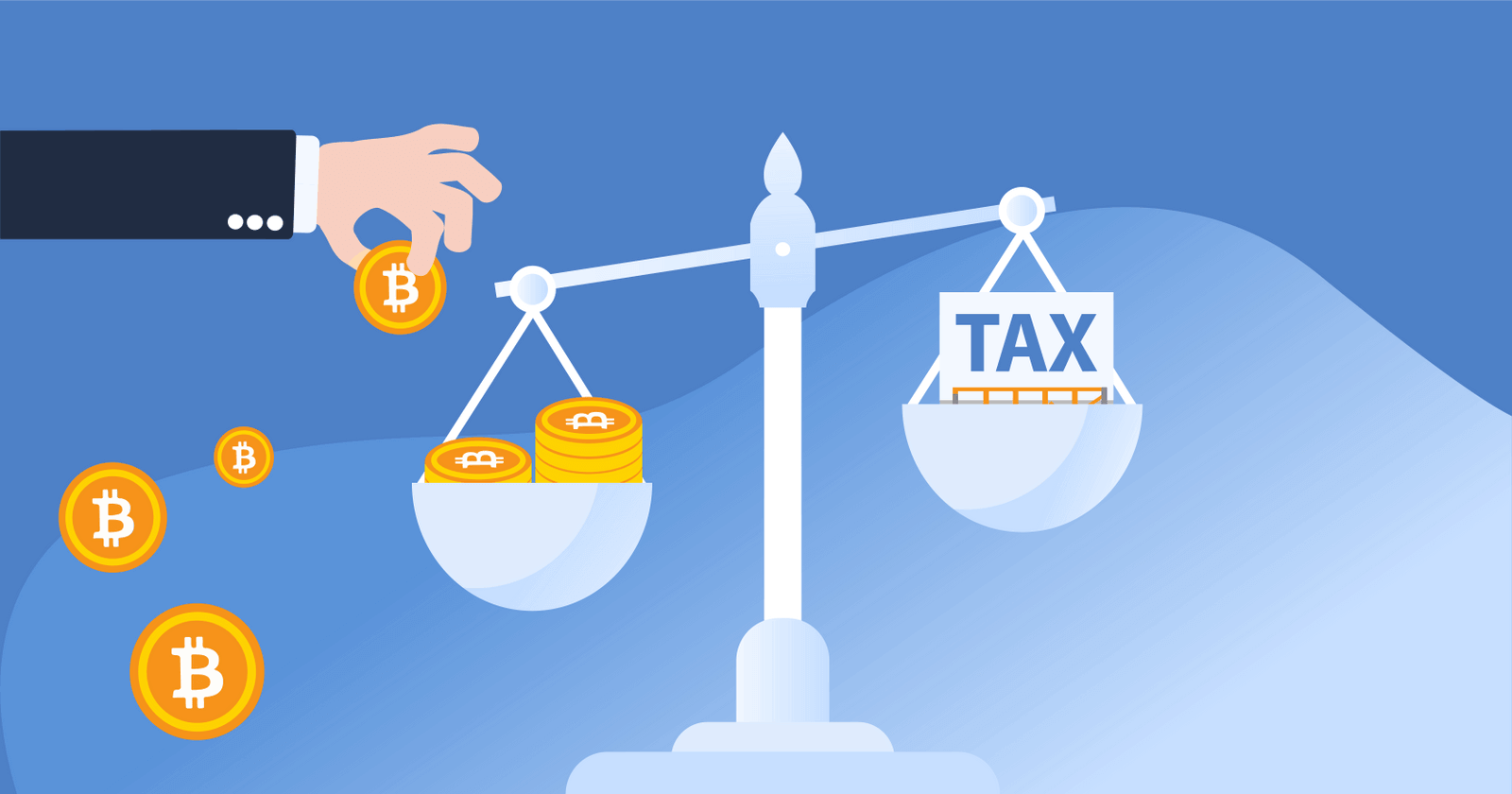

Key Takeaways
- ‘Ultrasound money’ refers to how Ethereum’s total supply may decrease over time, potentially making it a superior store of value to BTC.
- Ethereum has seen slight inflation after the 2024 Dencun Upgrade, which means that ETH may no longer be ultrasound money.
What is Ultrasound Money?
Bitcoin is often called "sound money" because it has a fixed supply of 21 million coins. This scarcity is a key part of why Bitcoin is seen as a long-term store of value and is referred to as ‘digital gold’.
However, Ethereum burns a portion of its transaction fees, meaning that its supply can actually decrease based on network activity. As a result, some ETH investors began calling Ethereum “ultrasound money”.

The term was meant to playfully one-up Bitcoin's "sound money" status, suggesting that Ethereum's potential to become deflationary could make it even more valuable than Bitcoin in the long-run.
Where did the term ultrasound money come from?
Justin Drake, a researcher at the Ethereum Foundation, coined the term "ultrasound money" to describe Ethereum.
The "ultrasound money" narrative has been embraced by Ethereum supporters on platforms like X (formerly Twitter). Ultrasound money advocates often use the bat and sound emoji in their profiles to symbolize Ethereum—referencing how bats navigate using ultrasound.
Is Eth still deflationary?
After Ethereum's Dencun upgrade in 2024, the network has experienced a small amount of inflation (more on this later in the article).
When did Ethereum become deflationary?

The idea of Ethereum as "ultrasound money" took off with the network’s EIP-1559 upgrade in August 2021.
EIP-1559 introduced a burning mechanism to Ethereum that destroys a portion of transaction fees. On days when network activity is high, it’s likely that more ETH will be burned than issued, leading to deflation.
In September 2021, Ethereum officially had its first deflationary day.
How does supply and demand impact Ethereum’s price?
Like any other asset, the value of cryptocurrencies is driven by supply and demand.

When demand rises faster than supply, price increases.
When supply rises faster than demand, price falls.
Economic theory predicts that if Ethereum’s supply falls, price will increase.
How does supply and demand impact Ethereum’s price?
Because of how Ethereum is set up, higher network usage leads to more tokens being burned. This combination of higher demand and lower supply could lead to skyrocketing prices!
How does Ethereum compare to Bitcoin?
Bitcoin has a capped supply, while Ethereum has a dynamic supply.
- Bitcoin's Fixed Supply: Bitcoin is known for its hard cap of 21 million coins, designed to ensure long-term scarcity.
- Ethereum's Dynamic Supply: Because of the implementation of EIP-1559, Ethereum’s supply may decrease over time.
Should I invest in Ethereum over Bitcoin?
Ethereum and Bitcoin were designed for entirely different purposes, and many investors choose to hold both cryptocurrencies.
Bitcoin: Designed to be a global currency and long-term store of value.
Ethereum: Designed to be a platform enabling smart contracts and decentralized applications
While tokenomics is one factor that may influence your investment decisions, you should also consider each cryptocurrency’s unique value proposition.
Why does Ethereum have a burn rate?
Let’s walk through some facts about Ethereum’s burn rate.
Burn rate benefits: EIP-1559 was designed to help Ethereum fees become more stable and predictable. Burning a portion of gas fees was designed to prevent miners (who at the time, received proceeds from gas fees) from artificially congesting the network and benefiting from higher fees.
Fee structure: During periods of high network usage (e.g., NFT sales or DeFi transactions), the base fee increases, leading to more ETH being burned. This means that the more Ethereum is used, the more deflationary it would become.
Long-term deflation: Some Ethereum advocates argued that because demand for the Ethereum network may increase over time, burn rate would naturally increase. As a result, Ethereum’s supply would decrease over the long-term.
Is Ethereum Still Ultrasound Money?

In March 2024, the Dencun upgrade introduced proto-danksharding to Ethereum, which was designed to optimize Layer 2 solutions and reduce transaction fees.
Some argue that after Dencun, Ethereum is no longer ultrasound money.
- Reduced Burn Rate: Lower transaction fees means that less ETH is being burned with each transaction.
- Rising Inflation Rate: Ethereum’s inflation rate increased after the Dencun upgrade, reaching 0.74% in September 2024.
It’s important to note that Ethereum’s max annual inflation rate is capped at 1.5% — which means that the cryptocurrency has safeguards in place to prevent hyperinflation.
Does ETH need to be ‘ultrasound money’ to have value?
The Dencun upgrade shows that the ‘ultrasound money’ narrative no longer holds true. However, it’s important to note that many investors are still bullish on Ethereum — even if supply continues to increase in the future.
How does demand impact the value of Ethereum?
As long as demand for Ethereum’s network grows faster than supply, its price can still increase.
Ethereum’s true strength may lie in its demand for its network— determined by its ability to host decentralized applications, smart contracts, and a thriving DeFi ecosystem.
How does staking impact Ethereum’s value?
A significant portion of new ETH is given as rewards to stakers, who are often more likely to keep their Ethereum staked. This creates a degree of scarcity even if ETH has mild inflation.
In conclusion
The concept of "ultrasound money" has brought attention to Ethereum’s supply model, but it's only one part of the story. Investors need to consider:
- The impact of deflationary mechanisms like EIP-1559.
- How Layer 2 solutions and upgrades like Dencun are shaping Ethereum’s future.
- The broader role of Ethereum as a platform for innovation beyond just being ‘ultrasound money’
Before you invest, it’s important to take a holistic look at the benefits that Ethereum has to offer.
Frequently asked questions
How we reviewed this article
All CoinLedger articles go through a rigorous review process before publication. Learn more about the CoinLedger Editorial Process.

CoinLedger has strict sourcing guidelines for our content. Our content is based on direct interviews with tax experts, guidance from tax agencies, and articles from reputable news outlets.






























%20(1).png)





.png)
















